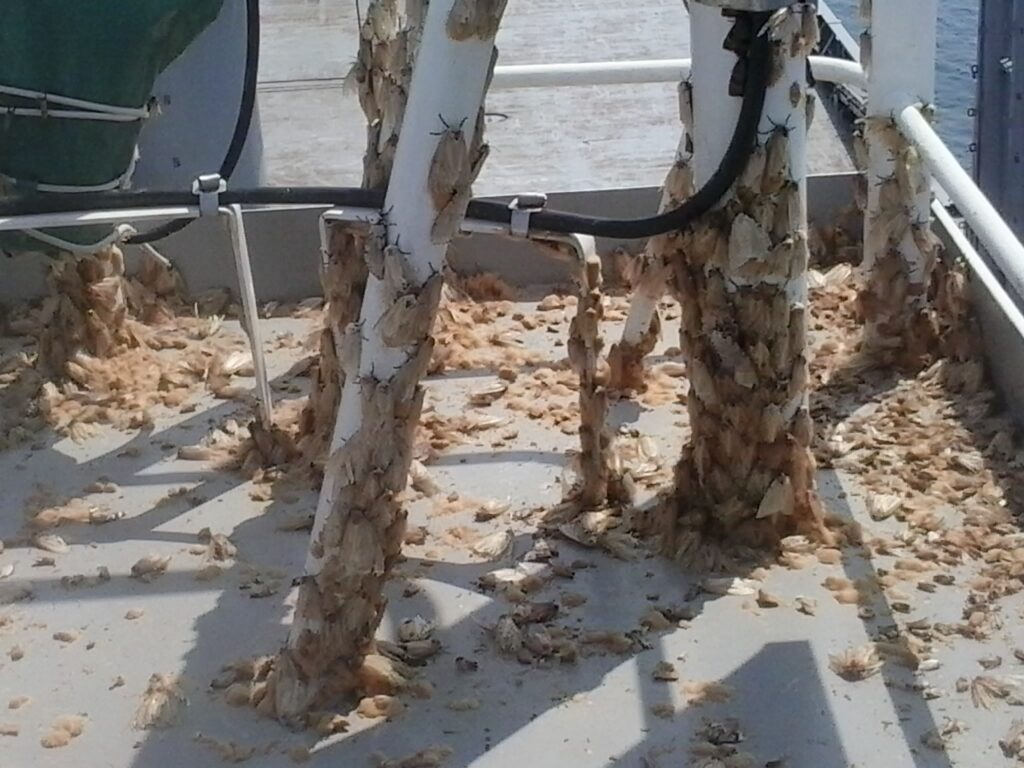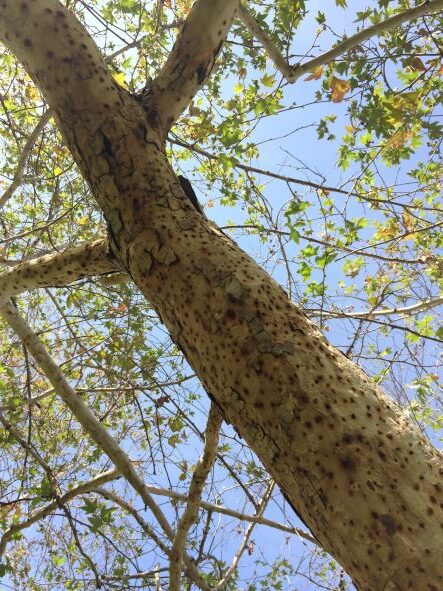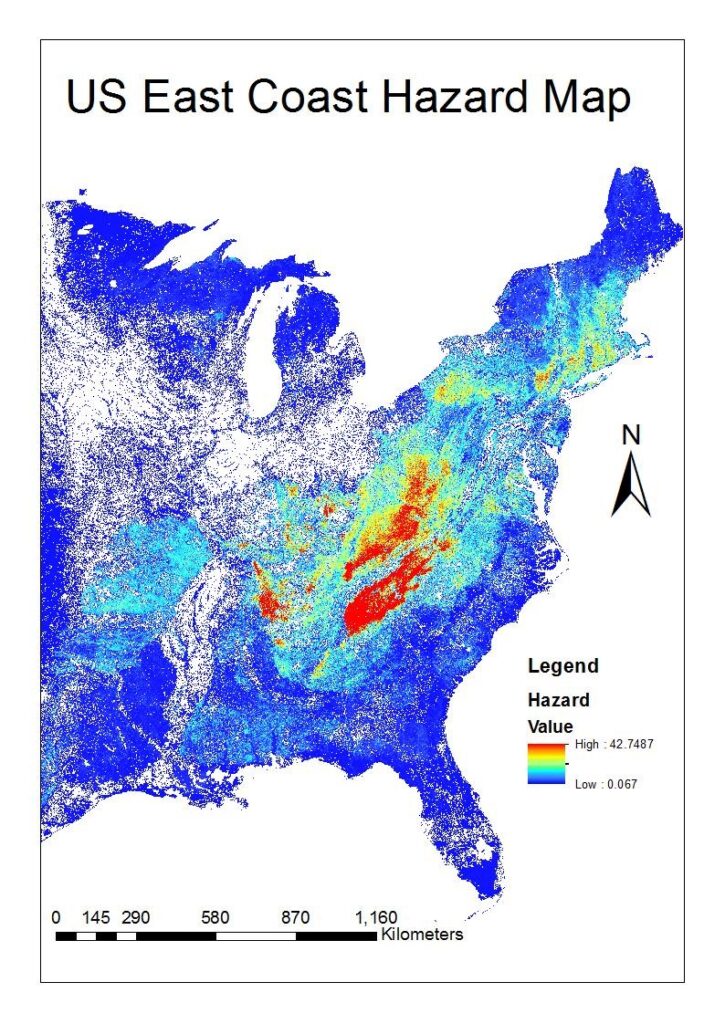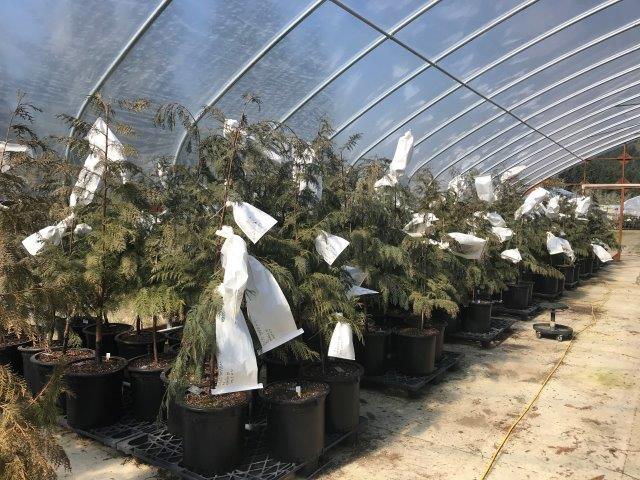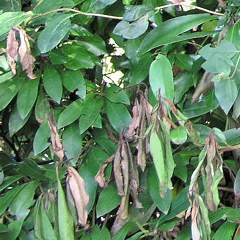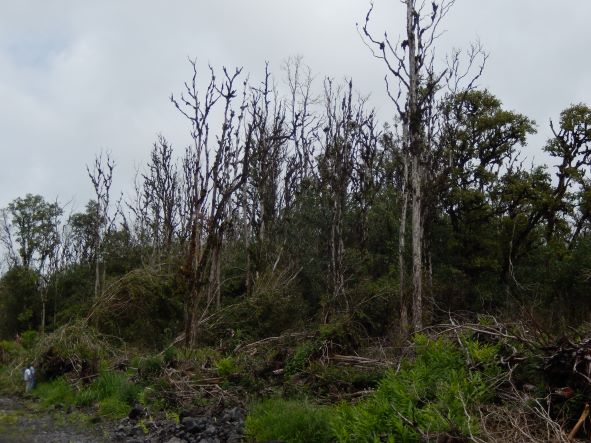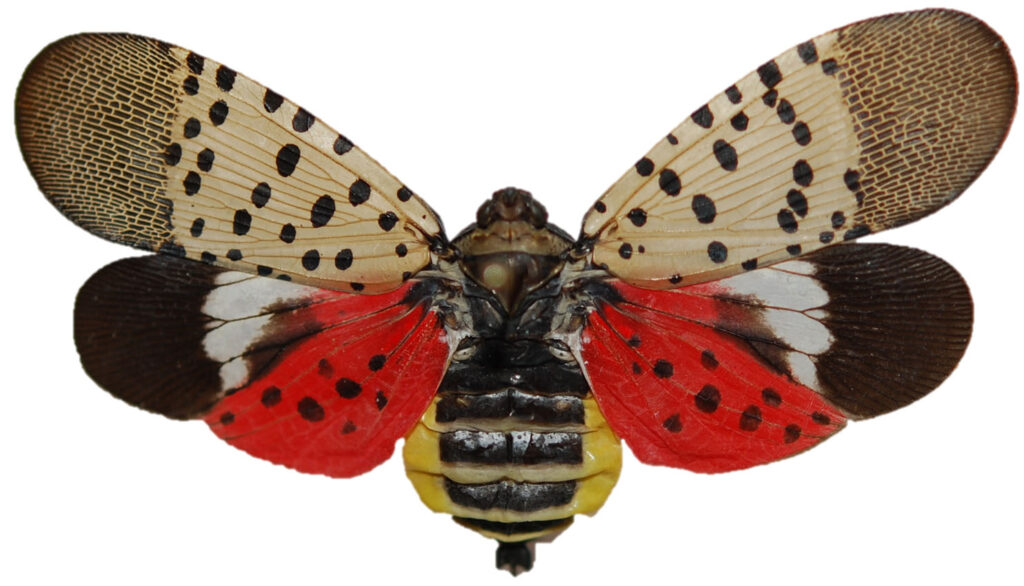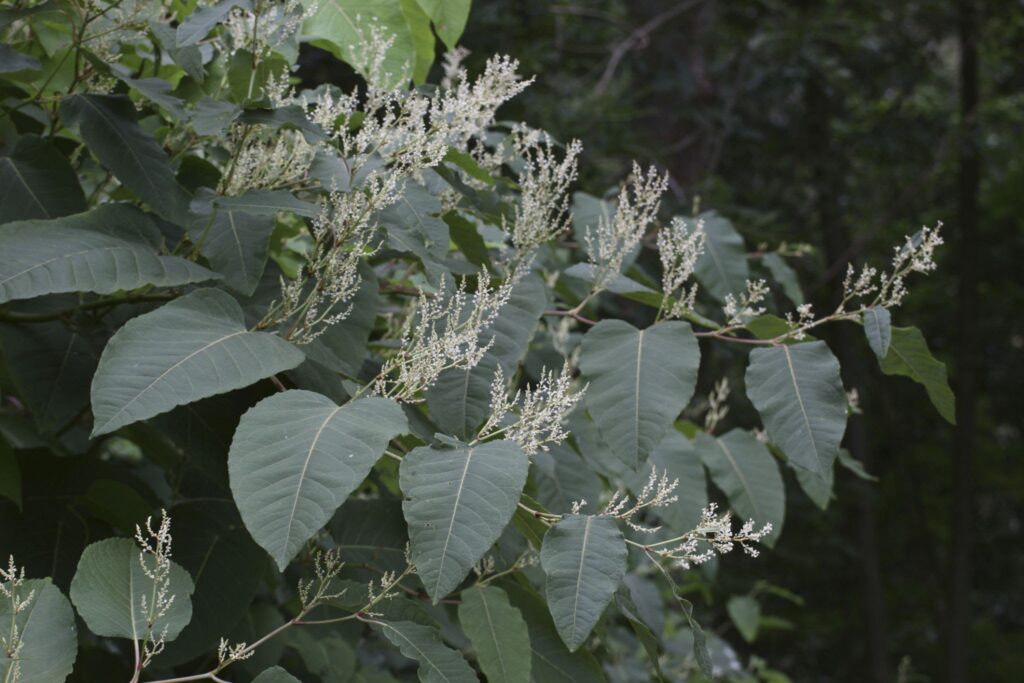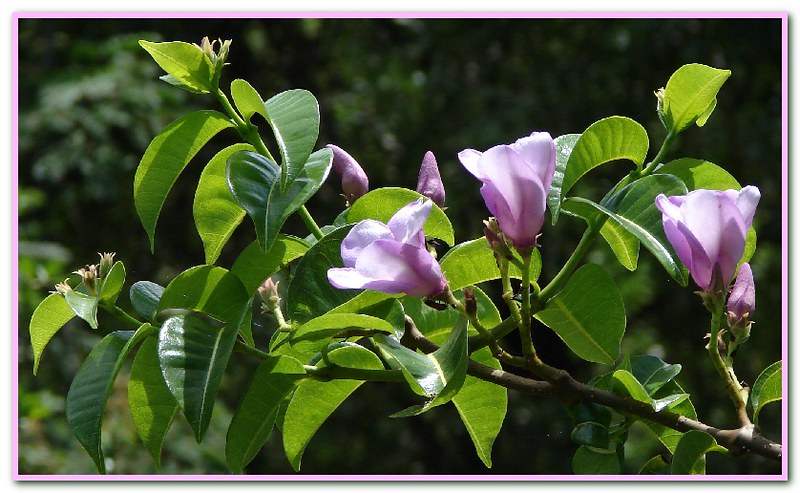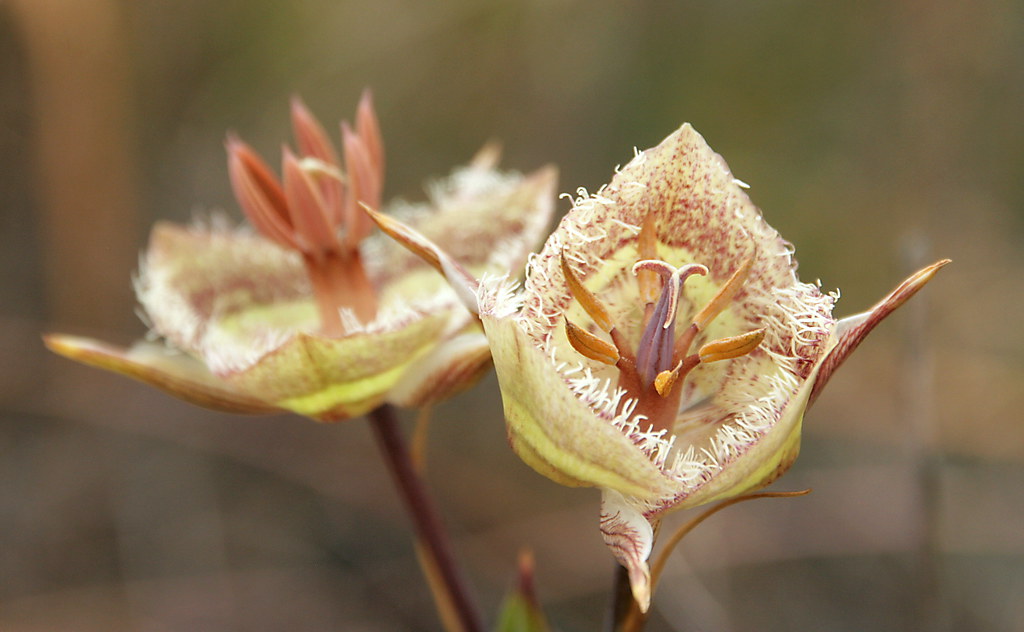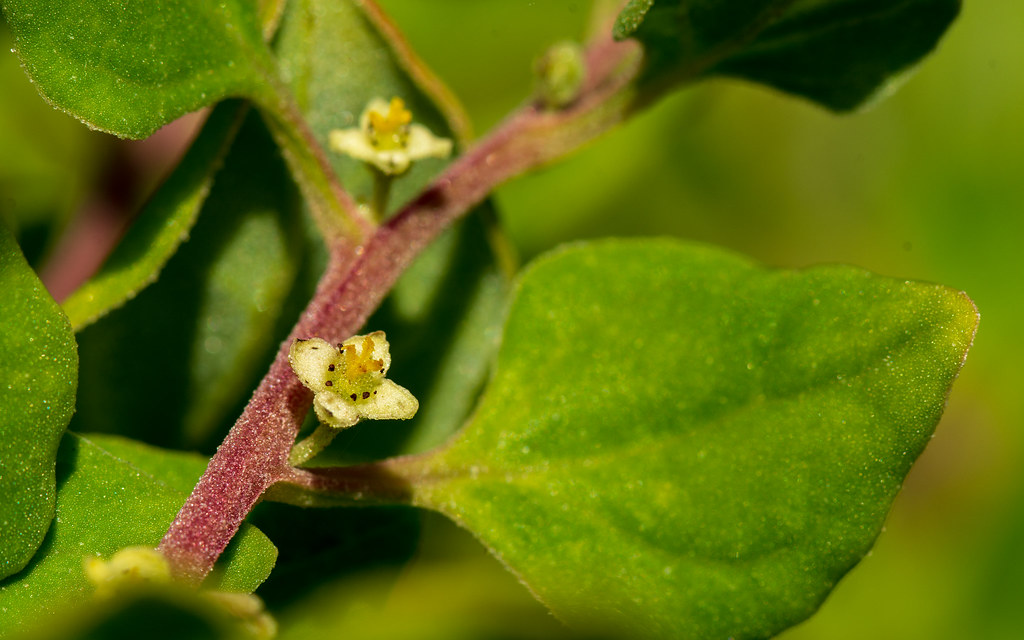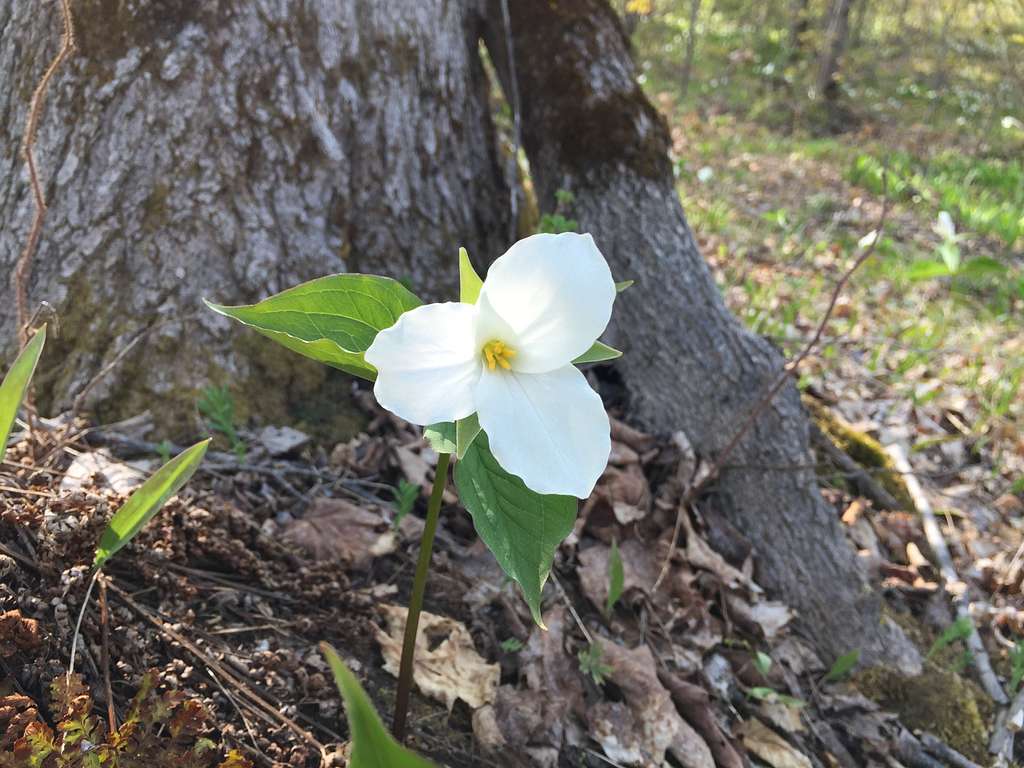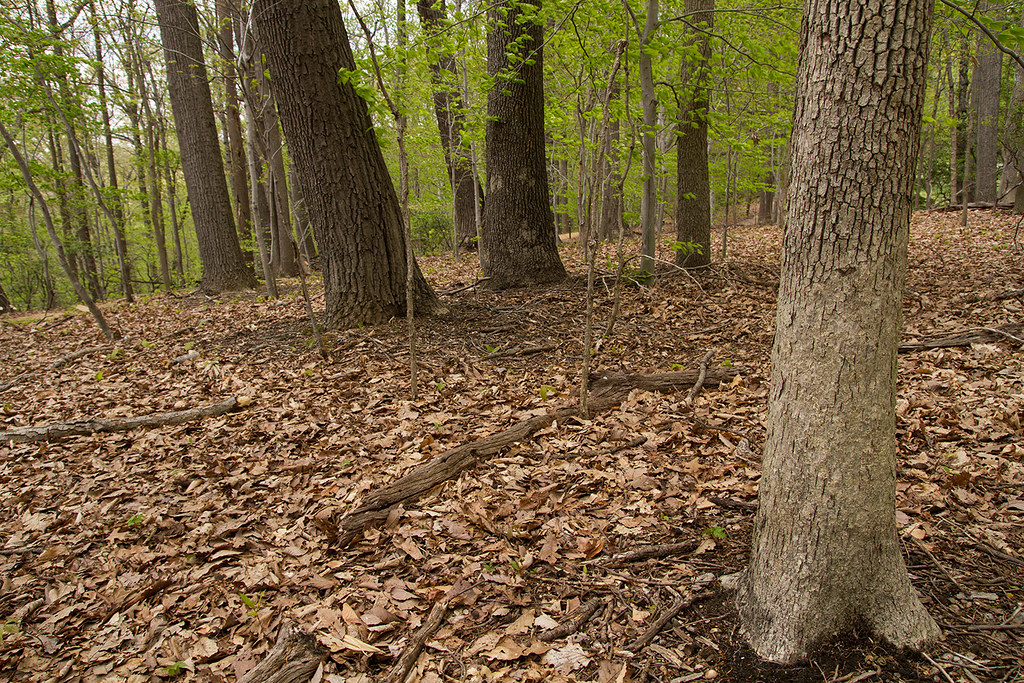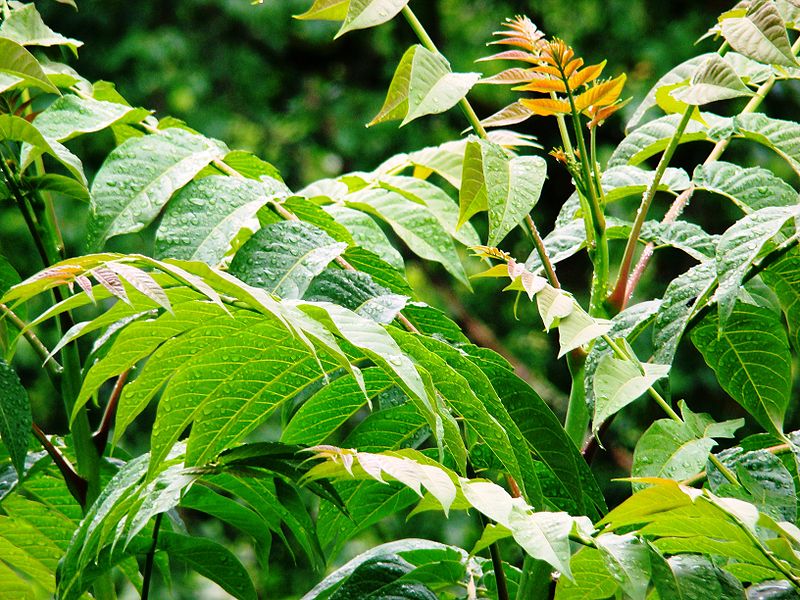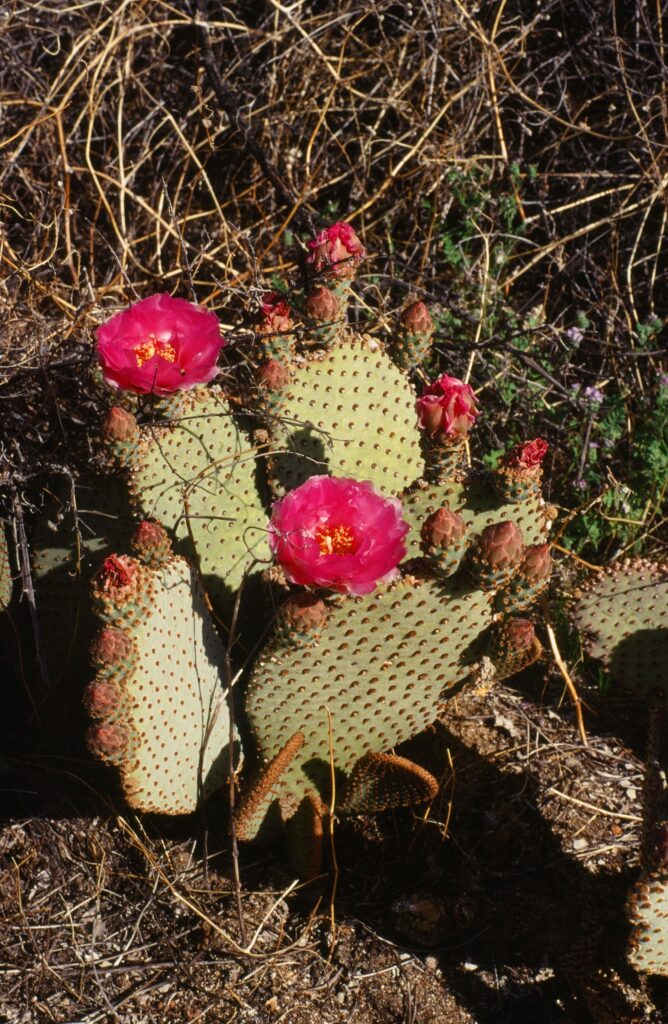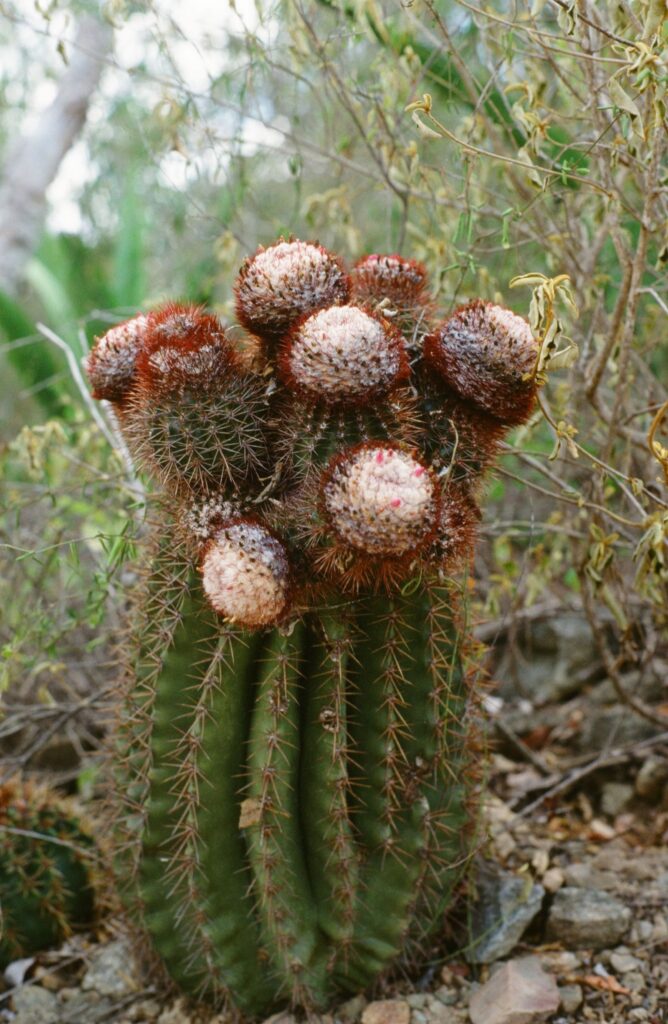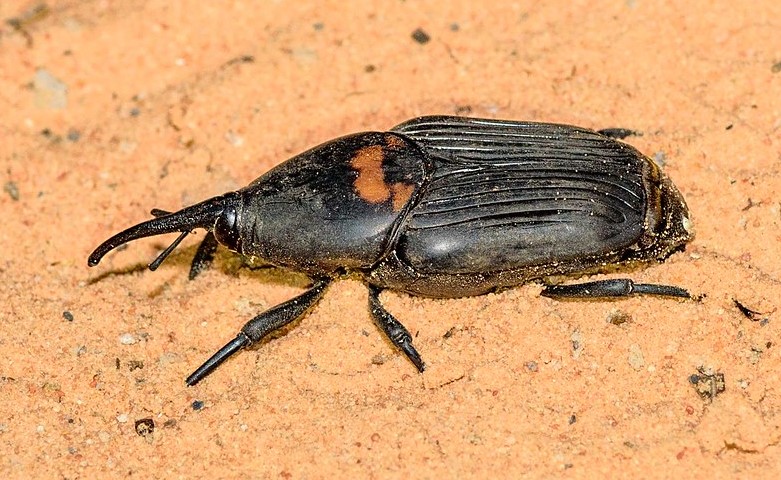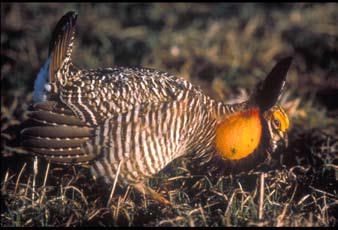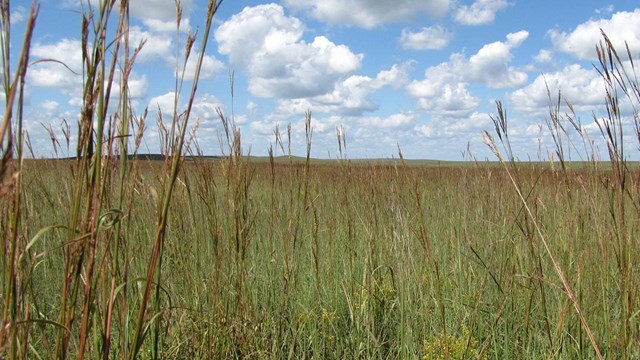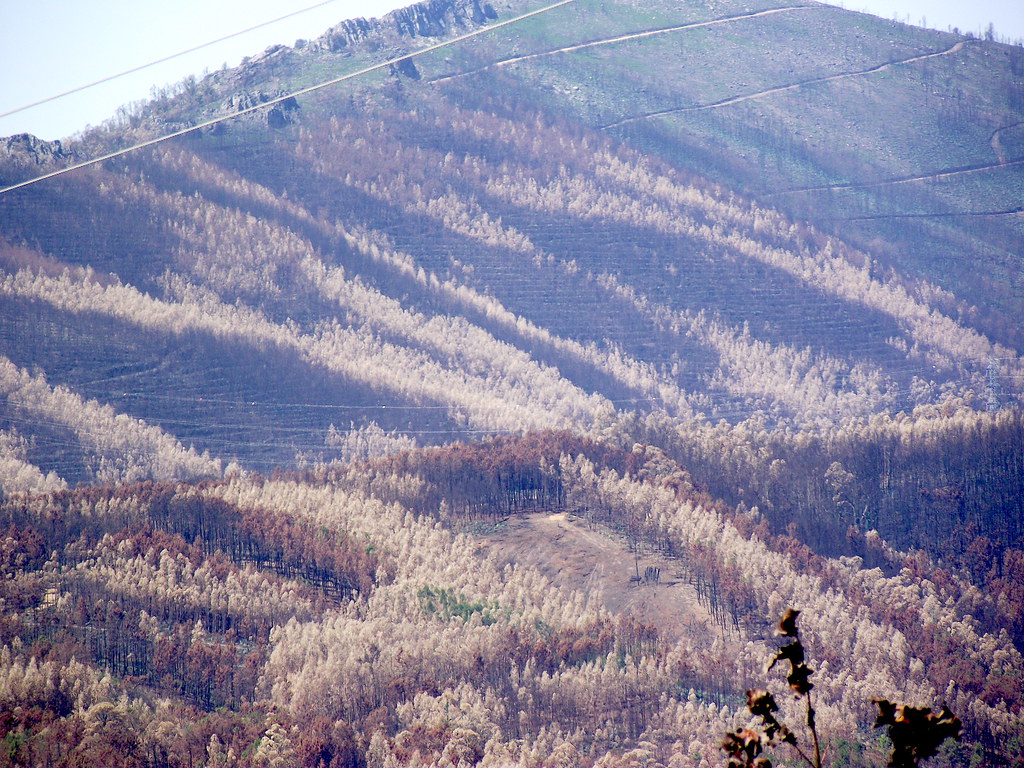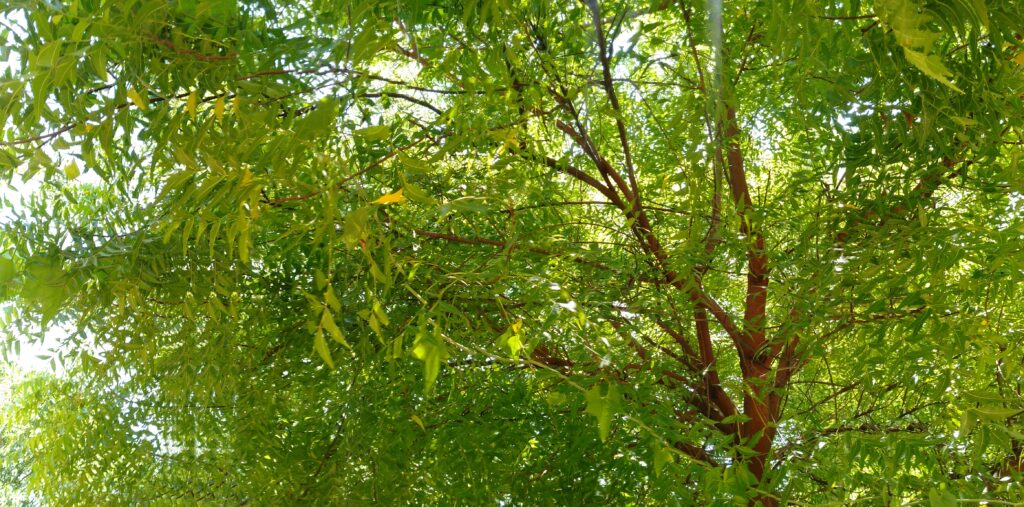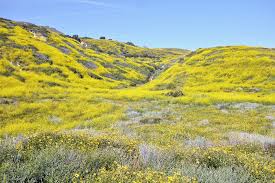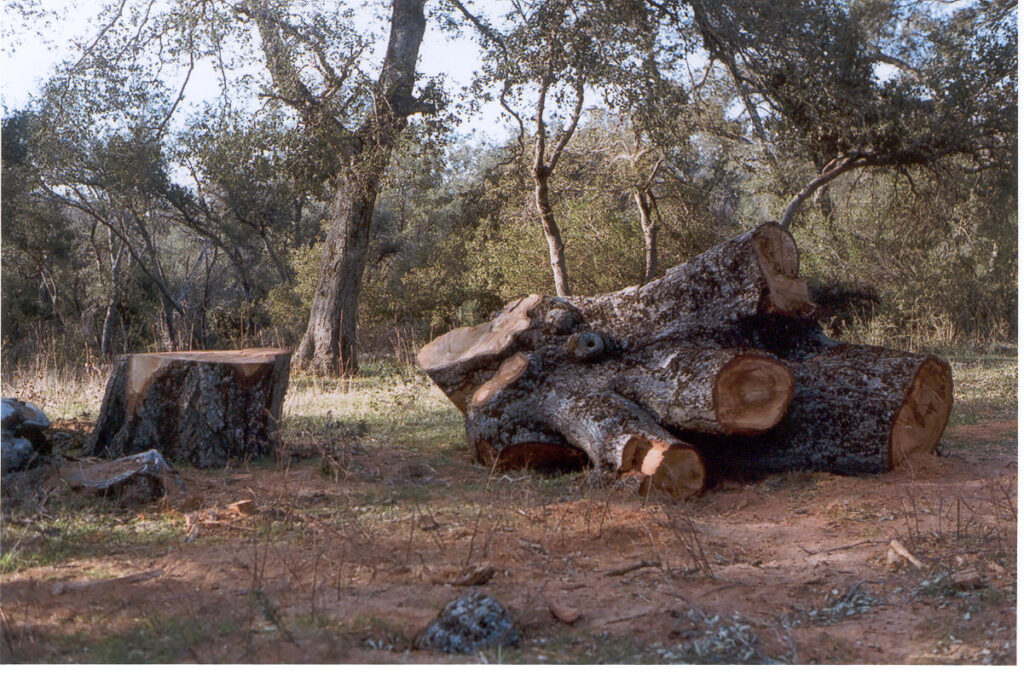The National Plant Board’s members are the lead plant health officials of the states and territories. Many federal officials also attend – from APHIS and DHS Bureau of Customs and Border Protection. Representatives of other North American phytosanitary entities participate – i.e., Canada, Mexico, and the North American Plant Protection Organization (NAPPO). Some stakeholder groups participate, especially the nursery industry. I have attended these meetings for over a decade because they provide an overview of pest issues and programs plus an unparalleled opportunity to network. The Nature Conservancy’s Leigh Greenwood also attends. We are the only representatives of the species conservation community to attend – others are missing great opportunities.
Here, I’ve listed 10 items that are among the most important the group discussed.
1) The funding situation for APHIS is worse than I realized
APHIS Administrator Mike Watson and Deputy Administrator (for plants) Mark Davidson both spoke about the need to cut programs to stay within the limits set by congressional appropriations. Funding for APHIS, as a whole, was cut only 1% for the current year (Fiscal Year 2024), cost-of-living salary increases mean less money for programs. (I believe Dr. Watson said $41 million less for FY24). If FY25 funding is the same, Congressionally mandated additional payraises will mean an another $20 million decrease in program funding.
Dr. Davidson said that the plant programs (Plant Protection and Quarantine) had been cut by 5% in FY24. However, Congress did not finalize the funding levels until about half-way through the fiscal year – so staying within the limits required even more severe cuts to programs in the remainder of FY24. To stay within these limits, APHIS cut several programs, among them a $3.6 million cut from the “tree and wood pest” program. This meant loss of funds to manage the polyphagous and Kuroshio shot hole borers, smaller cuts for programs managing Asian longhorned beetle and emerald ash borer, and perhaps the Asian flighted spongy moth. They anticipate additional cuts in these programs in FY25. The one bright light is the Section 7721 Plant Pest & Disease Management & Disaster Prevention Program. It provides steady funding for a range of plant health programs. The House version of the still-pending Farm Bill calls for increasing funding for this program by $15 million each year.
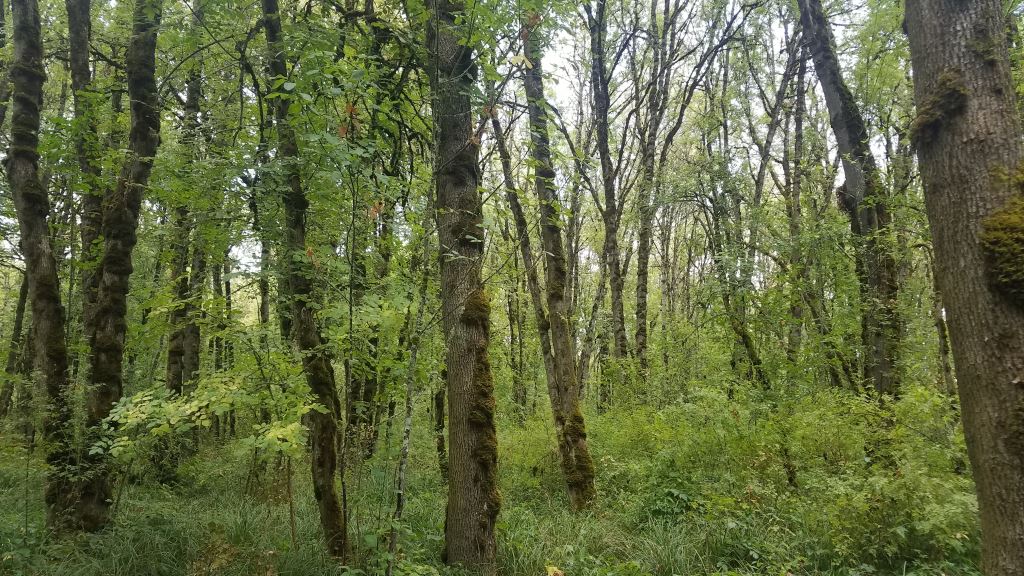
Remember this when I ask you to lobby for appropriations! If we don’t advocate for funding the programs dealing with “our” pests, they will shrink.
Watkins and Davidson also worry that whoever is the next secretary of USDA might not support the agency when it seeks to withdraw funds to cover emergencies from the Commodity Credit Corporation – as Secretary Vilsack has.
APHIS and the DHS Customs and Border Protection (CBP) both praised a recent regulatory action that increases user fees for importers having goods cleared at ports. Kevin Harriger, CPB official in charge of agriculture programs, said the new funds would allow CBP to hire 700 new agricultural inspectors (currently there are 2,800 agricultural officials). That sounds great, but … when trade and passenger volumes crashed early in the COVID pandemic, things looked dicey for a while. Plus – as I have argued repeatedly – real protection against pest introductions will come from stronger policies, not ramped-up inspections.
Pathologist Bruce Moltzan reported on the USFS Forest Health Protection program. He pointed out that the USFS has a very limited toolbox. In this fiscal year, the program has about $48 million, after salaries, to support its activities. Projects targetting insects receive 70% of the funding; those targetting pathogens 15%.
2) Invasive hornets
Washington State has not found any new nests of the Northern (formerly Asian) giant hornet (Vespa mandarinia). Miraculous!
However, Georgia detected another species, the yellow-legged hornet (Vespa velutina), near Savannah in August 2023. The Georgia Department of Agriculture, APHIS, and the University of Georgia are working to find nests – which are located at the top of tall pine trees in residential areas. Five nests were found in 2023; another four so far in 2024. Georgia hopes to place traps 100 miles out from each detection site. Like the northern hornet, V. velutina preys on honey bees. It was probably transported by ship or with its cargo.
A third species, V. tropica, has been introduced on Guam.
3) Better Federal-State Cooperation — Sometimes
APHIS and the state phytosanitary officials have set up structures – e.g., Strategic Alliance/Strategic Initiative, or SASI – to work together more closely. CBP joins the coordinating meetings. One program described at the meeting is the effort to contain spread of the box tree moth (Cydalima perspectalis). This effort came out of discussions at last year’s Plant Board meeting, with follow-up gatherings of APHIS, the states, and the nursery industry. The moth is known to be present in New York, Massachusetts, Michigan, Ohio, and now Delaware – plus several Canadian provinces.
A second project concerns how much data to share about state detections of pests – which are recorded in the National Plant diagnostic Network database. These data have accrued over 20 years … and are sought by both other states and academic researchers. States are often reluctant to allow public review of detection data because they fear it will cause other states or private parties to avoid buying plants or other goods from the infested area. While the project team has not yet decided how to deal with these conflicts, they said they were more inclined to share “nonconsequential data” – meaning data on a pest everyone already knows is present, not a pest under regulation or a new detection. In other words, “consequential” seems to pertain to industry profits, not damage to agricultural or natural resources.
4) Update: 20 years of tackling the emerald ash borer
Craig Kellogg, APHIS’ chief plant health representative in Michigan, reviewed 20 years of dealing with the emerald ash borer (EAB). He is optimistic about the impact of the biocontrol agents that have now been released in 32 states and four provinces. The larval parasitoids are dispersing and EAB densities are coming down. He conceded that over-story and mature ash are still dying, but says ash in long-infested areas are regenerating well. Scientists agree (see Wilson et al. 2024; full citation at end of the blog). Woodpeckers are still the most effective biocontrol agent of EAB for over-story ash, especially in locations where introduced parasitoids are not established. So far, the growing numbers of biocontrol agents are still parasitizing too few EAB larvae to prevent decline of over-story ash trees.
APHIS reported on recent detections of flighted spongy moth from Asia on ships coming to U.S. ports. The program covers four closely related species of Lymantria. All have much broader host ranges than Lymantria dispar, plus the females are capable of sustained flight, so they spread more rapidly.
The principal strategy to prevent their introduction is to require ships that call at ports along the Pacific coast in Russia, China, Japan, and North and South Korea to ensure that the ships’ superstructures and cargo are clean. Before arriving at U.S. ports, the ship’s captain must inform CBP where it has called over the last 24 months. Then, CBP conducts an inspection. If CBP inspectors find a small number of egg masses, they remove the eggs and spray pesticide. If the inspectors detect a large number of egg masses, the ship is ordered to leave port, clean itself, and undergo re-inspection before it can return.
Four countries in the Americas – the U.S., Canada, Chile, and Argentina – and also New Zealand have very similar programs.
Detections follow natural changes in population levels in the exporting regions. APHIS’ program leader, Ingrid Asmundsson, reported on an unfortunate coincidence in 2014. A huge moth population outbreak occurred simultaneously with very low fuel prices in Russia. The latter attracted many ships to call there. An even bigger population surge occurred in 2019. Asmundsson expects another high-moth period this year.
APHIS is working on putting this program on a regulatory foundation; this would allow the agency to be more specific in its requirements and to impose penalties (other than expulsions from ports). I’ll let you know when the proposed rule is published for comment.
6) Regional Reports: Old Pests, New Pests
Representatives of the regional plant boards informed us of their “new pest” or other concerns.
Gary Fish, president of the Eastern Plant Board, mentioned
- the need for additional research on management of beech leaf disease
- concern about impact of box tree moth and vascular streak dieback on the nursery industry (the latter is a threat to dogwood and redbud)
- spread of elm zig-zag sawfly in Vermont and Connecticut
- awareness that laurel wilt is moving into Virginia and maybe farther north.
There was a more general discussion of beech leaf disease. What can be done, given that the disease is so widespread that no one is regulating movement of beech. Gary Fish advised outreach and efforts to reach agreement on management approaches. Chris Benemann, of Oregon, suggested informing other states so that they can decide whether to take regulatory action. A representative of CBP urged engaging stakeholders by asking for their help.
Chris Benemann, President of the Western Plant Board, expressed concern about APHIS’ reduced funding for spongy moth detection and control efforts. She also worries about the recently detected population of Phytophthora austrocedrii in an Oregon nursery. The western states are also focused on several longstanding pest problems – grasshoppers, Japanese beetle; and a new beetle from Australia that is attacking almonds, pistachios, and walnuts.
Megan Abraham of Indiana reported that members of the Central Plant Board are concerned about
- funding decrease for APHIS and USFS efforts to slow the spread of spongy moth and manage Asian longhorned beetle and emerald ash borer;
- Invaders associated with Christmas decorations, e.g., hemlock woolly adelgid, elongate hemlock scale, and balsam woolly adelgid
- spotted lanternfly finding new ways to travel;
- invasion by beech leaf disease and possibly by sudden oak death;
- elm zig-zag sawfly entering the region;
- boxwood blight, potato pests, honeybee pests, and invasive plants – e.g., Hydrilla.
She noted that nursery stock is increasingly coming from more distant – and cheaper – producers, raising the risk of new pests being introduced.
Finally, Abraham expressed concern about decreased funding at the same time as the need is growing – and asked with whom states should collaborate in order to reverse this trend.
Kenny Naylor of Oklahoma, Vice President of the Southern Plant Board, concurred that funding levels are a major concern. He mentioned specifically the spongy moth Slow the Spread program and eradication of the Asian longhorned beetle outbreak in South Carolina. Another concern is the Georgia hornet outbreak.
7) Phasing Out Post-Entry Quarantine
APHIS and the NPB have agreed to phase out the post-entry quarantine (PEQ) program. A program review revealed several problems, some of which astound me. When examining plants in quarantine the scientists still relying on visual inspection! And they are looking for pests identified 45 years ago (1980)! While I think PEQ programs can be valuable in preventing introduction of disease agents, as implemented in recent decades it does not. Twenty years ago, citrus longhorned beetles escaped from a “quarantine” area in a commercial nursery in Washington state. These Cerambycids are more than an inch long!
Part of this phase-out is to transfer plant species harboring pests of concern to the Not Authorized for Importation Pending Pest Risk Assessment (NAPPRA). While the APHIS speaker said that NAPPRA allows the agency to act quickly when it detects evidence of pest risk, I have found lengthy delays. The third round of proposals was published in December 2019! The fourth round of species proposed for NAPPRA listing should be published soon; a fifth round is now in draft inside the agency.
8) Christmas Greens – Spreading Pests
Officials from Oregon, Maine, and Illinois described their concerns about pests being spread by shipments of various forest or plant products, especially Christmas greens. Mentioned were spongy moths, link hemlock woolly adelgid, link elongate hemlock scale, balsam woolly adelgid, link and box wood moth. Part of the challenge is that the vectoring items are often sold by unregulated outlets – multiple stores, Christmas tree lots – and through on-line or catalog outlets. There are also extreme demands on the regulatory enforcement staff during the brief holiday sales season. Several states are unsure whether they have authority over decorative products – although others pointed out that they are regulating the pest, regardless of the object for sale or type of store.
9) Pests in Firewood
Leigh Greenwood of The Nature Conservancy noted that the state agencies that issue firewood regulations – often the plant protection organization (state department of agriculture) — do a good job alerting the public about the risks and rules. However, the public looks first to state parks agencies for information about camping – and those agencies have less robust educational efforts. It is important to put the message where the public can find it when they don’t know it exists – before they include firewood from home in their camping gear.
10) Projects of the North American Plant Protection Organization
The North American Plant Protection Organization (NAPPO) is working on several projects of interest to those of us concerned about tree-killing pests. One project is evaluating risks associated with wood products, especially how well one international regulation, ISPM#15 is working for dunnage. Another projects is testing the efficacy of the heat treatment specified by ISPM#15 (50o C for 30 minutes). A third project — almost completed – is evaluating fumigants that can be alternatives to methyl bromide.
In conclusion, each annual meeting of the National Plant Board is packed with new information, updates on current pests, and comments on by the state agencies who suggest new approached to APHIS and hold the agency to account. It is well worth attending. Information about upcoming meetings of both the national and four regional plant boards is posted on the NPB website, https://www.nationalplantboard.org/
SOURCE
Wilson, C.J., T.R. Petrice, T.M. Poland, and D.G. McCullough. 2024. Tree species richness and ash density have variable effects on emerald ash borer biological control by woodpeckers & parasitoid wasps in post-invasion white ash stands. Environmental Entomology.
Posted by Faith Campbell
We welcome comments that supplement or correct factual information, suggest new approaches, or promote thoughtful consideration. We post comments that disagree with us — but not those we judge to be not civil or inflammatory.
For a detailed discussion of the policies and practices that have allowed these pests to enter and spread – and that do not promote effective restoration strategies – review the Fading Forests report at https://treeimprovement.tennessee.edu/
or







